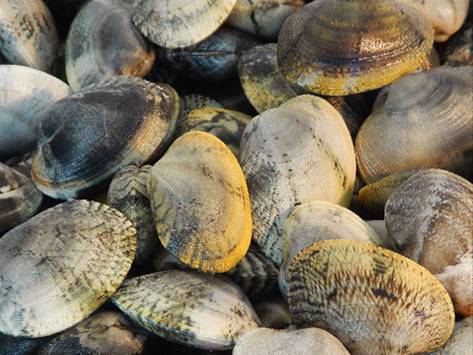 The Center for Marine and Environmental Research (CIMA) of the University of Algarve is carrying out several research works on the effect of microplastics on bivalve molluscs, and the most recent conclusions were recently published in the journal Frontiers in Marine Science (FMARS).
The Center for Marine and Environmental Research (CIMA) of the University of Algarve is carrying out several research works on the effect of microplastics on bivalve molluscs, and the most recent conclusions were recently published in the journal Frontiers in Marine Science (FMARS).
CIMA points out that it is estimated that currently there are 150 million tons of plastic in the oceans, and that in 2050 it could reach 850 million tons, when it is expected that there will be more plastic than fish in the ocean.
That publication resulted from a collaboration with the University of Antwerp, Belgium, and the Man-Technology-Environment Research Center (MTM) at the University of Orebo, Sweden.
Carried out under the project JPI Oceans EPHEMARE, research focuses on the ecotoxicological effects of microplastics with other contaminants (petroleum components, tanning compounds) absorbed in marine ecosystems.
Microplastics are plastics less than 5 millimeters in size, which result from the degradation of plastic in the ocean.
In the article now published, it was concluded that microplastics have an inflammatory effect on the studied species and that they are also a source of contamination with other contaminants, such as those derived from hydrocarbons for marine organisms.
In an article published in 2017 in the magazine «Marine Pollution Bulletin» by the CIMA team, in collaboration with researchers from the Molecular Physical Chemistry Center and the Institute of Nanosciences and Nanotechnology of the Instituto Superior Técnico, it had already been concluded that these bivalves can accumulate microplastics in their tissues.
This accumulation gives rise to oxidative stress, neurological and genetic effects. Even after exposure to microplastics ends, total tissue elimination from these bivalves takes more than a week, indicating the possibility that these accumulated microplastics can be transferred to higher trophic levels.
Article reference: “Ecotoxicological Effects of Chemical Contaminants Adsorbed to Microplastics in the Clam Flat Scrobicularia”, Sarit O'Donovan, Nélia C. Mestre1, Serena Abel, Tainá G. Fonseca1, Camilla C. Carteny, Bettie Cormier, Steffen H. Keiter and Maria J. Bebianno. Frontiers of Marine Science (doi: 10.3389/fmars.2018.00143).


















Comments